Hibiscus Any Color Plant
₹372.00 ₹279.00
Hibiscus (Any Color) Plant is famous for its dramatic color changes, with flowers that can go from white to pink to deep red within one day. But almost all hibiscus varieties produce flowers that can change colors under certain circumstances.
Description
Purchase Description
- Hibiscus (Any Color) Plant
- Product Material : Natural Plant With Pot , Quantity : 1
- Pot : Height : 5 Inches (13 cm), Pot Colour : Black (Plastic)
- Very easy to maintain and Suitable for gifting to Plant Lovers
Plant Description
Each hibiscus variety has its own genetics that determine what pigments, and what range of colors it can produce. However, within that range, temperature, sunlight, pH, and nutrition can all affect the levels of different pigments in a flower and what color they appear. The blue- and red-colored anthocyanins are water-soluble pigments carried in plant sap. Meanwhile, the red, orange and yellow carotenoids are fat-soluble pigments created and stored in the plastids (compartments in plant cells similar to the chloroplasts that carry out photosynthesis). Therefore, anthocyanins are less protected and more sensitive to environmental changes, while carotenoids are more stable. This difference helps explain the color changes in hibiscus. Anthocyanins exposed to hot conditions will often break down, causing flower colors to fade, while carotenoid-based colors hold up well in the heat. High temperatures and bright sunlight also enhance carotenoid production, leading to bright reds and oranges. On the other hand, plants produce more anthocyanins in cold weather, and the anthocyanins they produce.
Other Factors in Hibiscus Color Change
Some anthocyanin pigments will change color depending on the pH they’re exposed to within the flower. The pH doesn’t usually change over time within a hibiscus flower because it is determined genetically, but patches of different pH levels can lead to multiple colors occurring within one flower. Nutrition is also a factor in color changes. Adequate sugar and protein in the sap are required for anthocyanin production. Making sure your plant has enough fertility and nutrients is important for vibrant colors in anthocyanin dependent flowers. So, depending on its variety, your hibiscus changed color because of some combination of temperature, sunlight, nutrition, or pH has taken place. Can gardeners control this hibiscus color change? Yes, indirectly – by controlling the plant’s environment: shade or sun, good fertility, and protection from hot or cold weather..
Disclaimer: The image is for reference purposes only. The actual product may vary in shape or appearance based on climate, age, height, etc.
Only logged in customers who have purchased this product may leave a review.

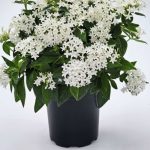
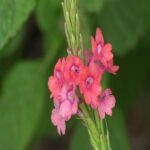
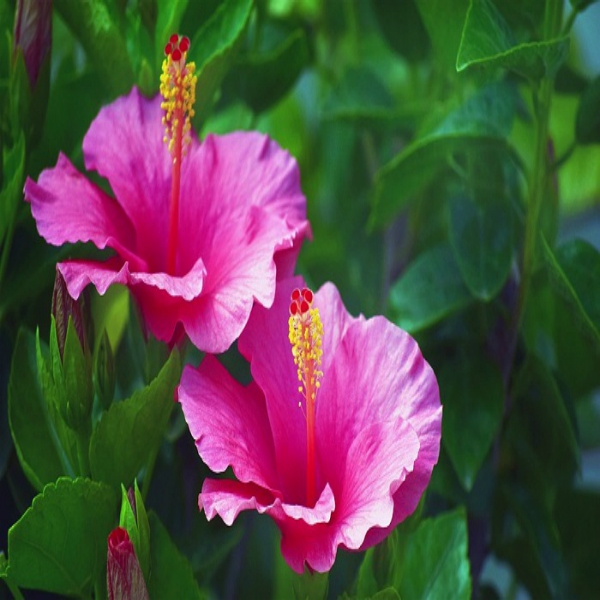
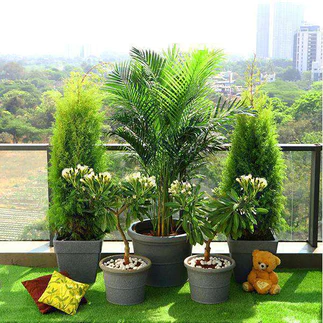
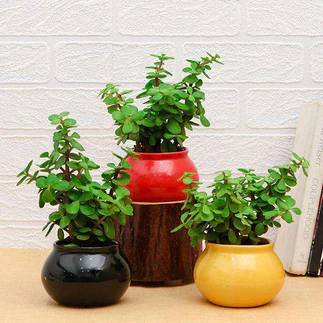
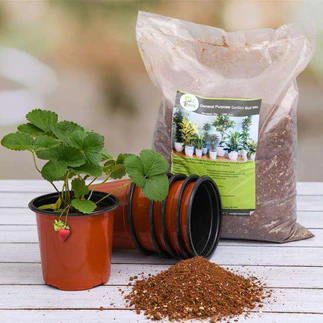
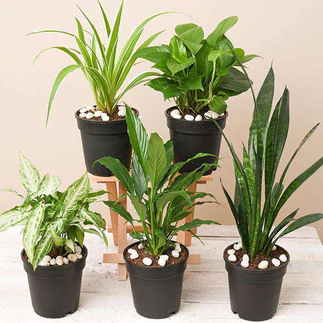
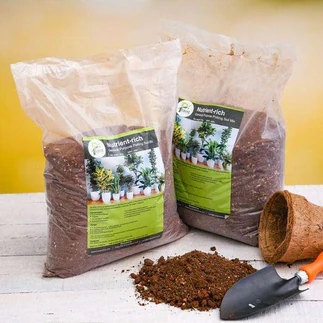
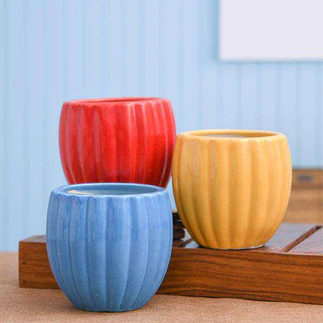

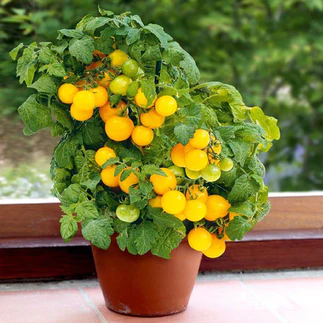
Reviews
There are no reviews yet.